Yuanhao Cheng
Department of Mechanical Engineering, National University of Singapore
The PHD/CPHD filter for Multiple Extended Target Tracking with Trajectory Set Theory and Explicit Shape Estimation
Apr 21, 2025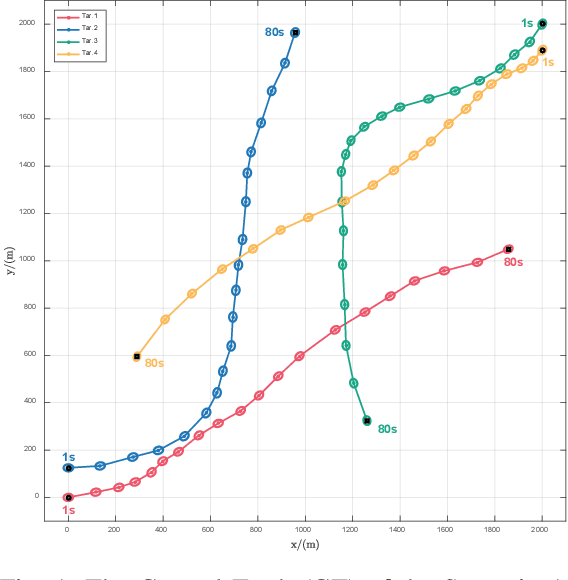
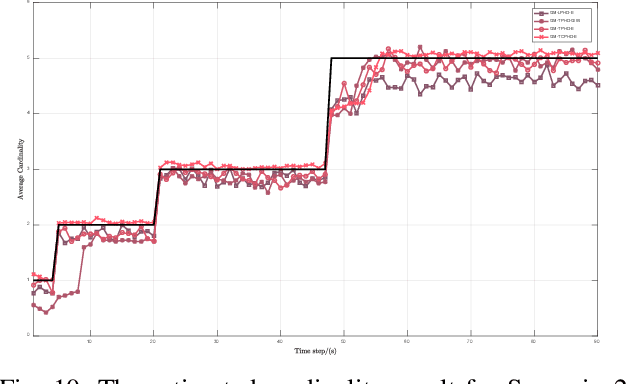
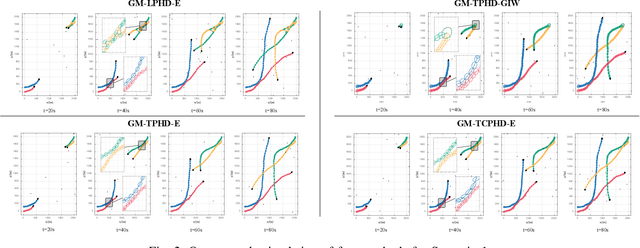
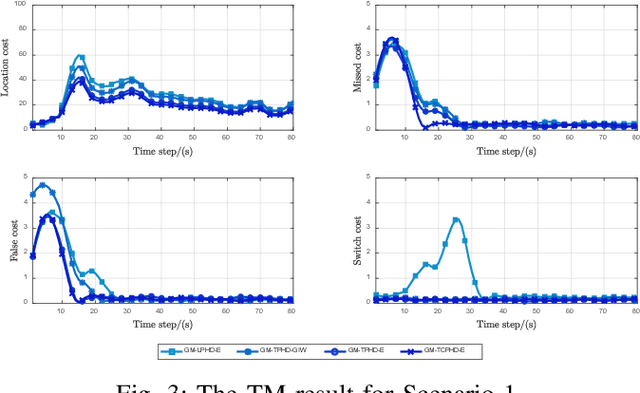
Abstract:In this paper, we propose two methods for tracking multiple extended targets or unresolved group targets with elliptical extent shape. These two methods are deduced from the famous Probability Hypothesis Density (PHD) filter and the Cardinality-PHD (CPHD) filter, respectively. In these two methods, Trajectory Set Theory (TST) is combined to establish the target trajectory estimates. Moreover, by employing a decoupled shape estimation model, the proposed methods can explicitly provide the shape estimation of the target, such as the orientation of the ellipse extension and the length of its two axes. We derived the closed Bayesian recursive of these two methods with stable trajectory generation and accurate extent estimation, resulting in the TPHD-E filter and the TCPHD-E filter. In addition, Gaussian mixture implementations of our methods are provided, which are further referred to as the GM-TPHD-E filter and the GM-TCPHD-E filters. We illustrate the ability of these methods through simulations and experiments with real data. These experiments demonstrate that the two proposed algorithms have advantages over existing algorithms in target shape estimation, as well as in the completeness and accuracy of target trajectory generation.
Data-Driven Quantification of Battery Degradation Modes via Critical Features from Charging
Dec 13, 2024


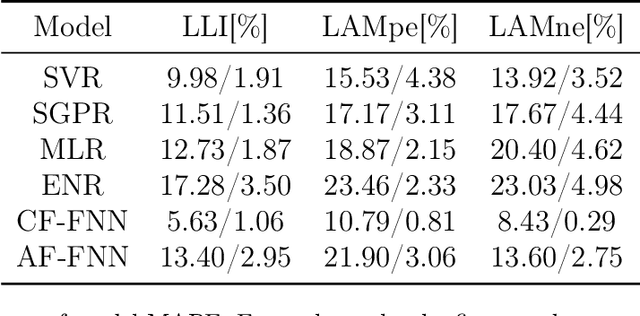
Abstract:Battery degradation modes influence the aging behavior of Li-ion batteries, leading to accelerated capacity loss and potential safety issues. Quantifying these aging mechanisms poses challenges for both online and offline diagnostics in charging station applications. Data-driven algorithms have emerged as effective tools for addressing state-of-health issues by learning hard-to-model electrochemical properties from data. This paper presents a data-driven method for quantifying battery degradation modes. Ninety-one statistical features are extracted from the incremental capacity curve derived from 1/3C charging data. These features are then screened based on dispersion, contribution, and correlation. Subsequently, machine learning models, including four baseline algorithms and a feedforward neural network, are used to estimate the degradation modes. Experimental validation indicates that the feedforward neural network outperforms the others, achieving a root mean square error of around 10\% across all three degradation modes (i.e., loss of lithium inventory, loss of active material on the positive electrode, and loss of active material on the negative electrode). The findings in this paper demonstrate the potential of machine learning for diagnosing battery degradation modes in charging station scenarios.
Variation Bayesian Interference for Multiple Extended Targets or Unresolved Group Targets Tracking
Jul 21, 2024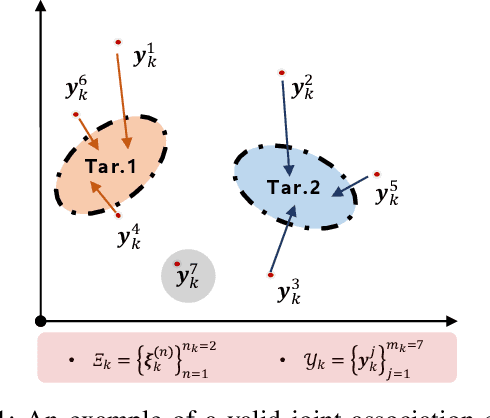
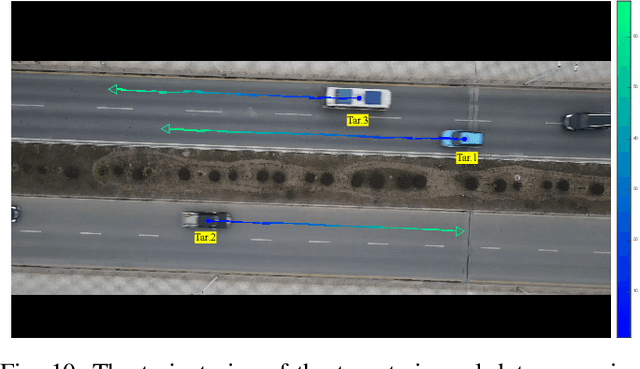
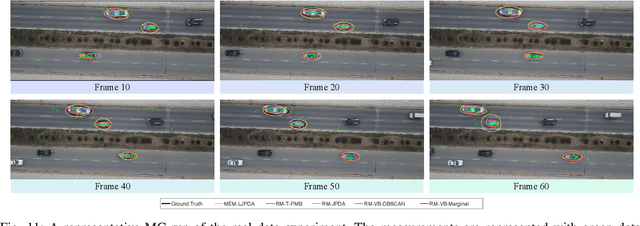
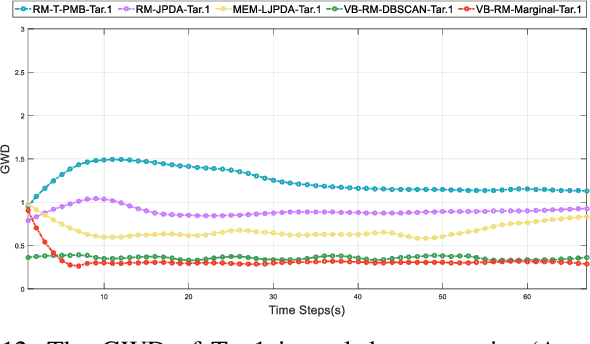
Abstract:In this work, we propose a tracking method for multiple extended targets or unresolvable group targets based on the Variational Bayesian Inference (VBI). Firstly, based on the most commonly used Random Matrix Model (RMM), the joint states of a single target are modeled as a Gamma Gaussian Inverse Wishart (GGIW) distribution, and the multi-target joint association variables are involved in the estimation together as unknown information with a prior distribution. A shape evolution model and VBI are employed to address the shortcomings of the RMM. Through the VBI, we can derive the approximate variational posterior for the exact multi-target posterior. Furthermore, to demonstrate the applicability of the method in real-world tracking scenarios, we present two potential lightweight schemes. The first is based on clustering, which effectively prunes the joint association events. The second is a simplification of the variational posterior through marginal association probabilities. We demonstrate the effectiveness of the proposed method using simulation experiments, and the proposed method outperforms current state-of-the-art methods in terms of accuracy and adaptability. This manuscript is only a preprint version, a completer and more official version will be uploaded as soon as possible
 Add to Chrome
Add to Chrome Add to Firefox
Add to Firefox Add to Edge
Add to Edge